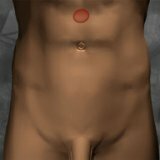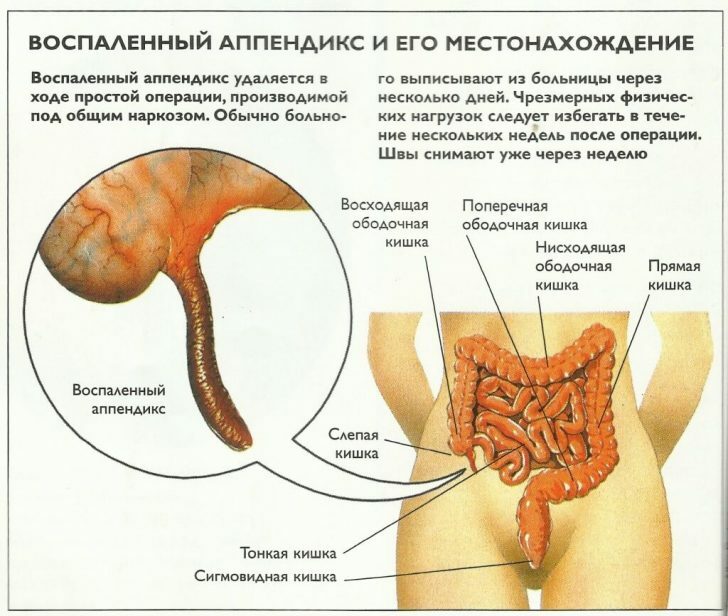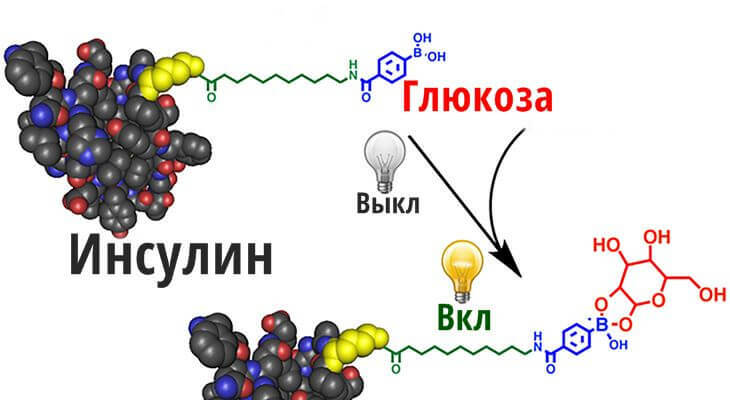Umbilical hernia, surgical treatment

An umbilical hernia is a condition of the human body in which the intestine and the large omentum increase and extend beyond the front abdominal wall through the umbilical ring - the hole near the navel. This hernia manifests itself as an obvious sign, like protrusion in the navel, which in the horizontal position of the body decreases significantly in size, if not disappears altogether. Umbilical hernia is usually treated by surgical intervention, and the doctor should always be consulted at the very first manifestations of discomfort, presumably caused by umbilical hernia. Next, consider the symptoms of a hernia, which helps to pinpoint and diagnose this disease before contacting a doctor.
Symptoms and Diagnosis.
The first and most obvious symptom is, as already mentioned, protrusion in the navel, which, when lying down, either decreases or even disappears. In addition, the patient has umbilical hernia characterized by pain in the abdomen, which occurs when coughing and physical exertion. The umbilical ring is enlarged, almost always there is at least the weakest, but still a feeling of nausea. Umbilical hernia may have other symptoms, but it is these that are most often manifested in patients with hernia, since they are common to all people.
There are several ways to diagnose a hernia, the most common and common of which is a routine surgical examination. In addition to it, a hernia can also be detected during X-rays of the duodenum and stomach, with gastroscopy and herniography. The latter implies the introduction into the cavity of the belly of a diagnosed special contrast substance, which changes its characteristics within and thereby gives an opportunity to examine the umbilical hernia. It is also possible to identify the disease with the help of ultrasonography protrusion, which appears with a hernia. It must also be said that often the umbilical hernia may be mistakenly called metastases of stomach cancer, manifested in the navel. These two diseases have a similar symptomatology, but the most important is that they are treated in completely different ways, and metastases, of course, are much more dangerous ailment. Therefore, doctors of doubtful qualification should not be consulted with suspicion of umbilical hernia, as this can lead to very unpleasant consequences.
How does the disease go?
Umbilical hernia, the surgical treatment of which is the only effective way to get rid of the disease, can be both congenital and acquired. Congenital can be seen even in a baby: near his navel will necessarily be seen bulging in the form of a ball with a base that goes into the umbilical cord. It is characteristic that protrusion of this type significantly increases in size when the newborn screams. Well, in general, the umbilical hernia manifests itself depending on its magnitude and degree of severity of the adhesion process in the body.
Hernias can be guided, and may not be corrected: this happens when the hernial sac and the surrounding tissues coalesce with the direct participation of adhesions. Small hernias often do not bother the sick at all, but this happens only with the proper width of the hernial gates in order for the protrusion to be easily set in. Otherwise, the products of vital activity go badly in the intestine, because the hernia blocks the passage. Therefore, in patients with umbilical hernia there are constipation, abdominal pain, nausea and often even vomiting.
There are complications in this disease, the most common of which is infringement. It occurs when the contents of the hernia suddenly squeeze the hernia gates. The complication, which is not so common, is inflammation in one of the organs that hit the hernial sac. Quite often there is stasis of fecal masses in the large intestine, which is called coprostasis. In any case, with all these complications, and especially when infringing, urgent medical attention is required. It is also necessary when there are such symptoms as vomiting, blood in the feces or the absence of gases and defecation, the rapidly appearing and growing pain in the scrotum and groin, the inability to correct the hernia in a supine position. But in any case, a surgical intervention hernia can be cured quite easily. If the operation is tightened, the hernia can remain for life. ..
Hernia, treatment.
Surgical treatment can be performed only with five years. In principle, children under five can also be operated, but doctors do not recommend this, since every second umbilical hernia before five years of self-disappear and the operation is rendered in vain. For young children, the operation is replaced by such stimulating procedures as strengthening therapy, physiotherapy, massaging the hernial ring. For adults, the only possible way of treatment is surgical intervention in hospital settings.
The most common and effective type of surgery is called hernioplasty. This is a traditional plastic with the use of local tissues, during which the edges of the umbilical ring are sewn twice, and in many cases also the navel itself is removed. At patients who have in the arsenal of their ailments also obesity, during the operation they can also remove an extra fatty apron. Lack of this operation in a long recovery period. But another common form - plastic mesh implants - implies a very rapid recovery. Ideally, the implant network is placed under the umbilical ring: in this case, recovery is rapid, and relapse is almost impossible.



